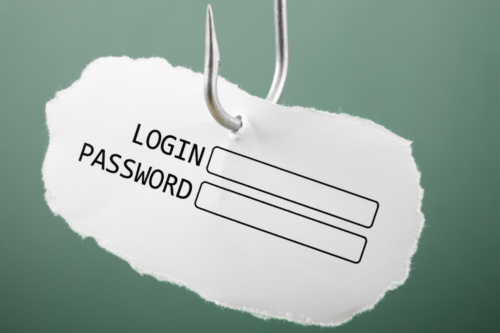Cybersecurity 101 Categories
What does a certificate authority do?
A certificate authority (CA) is a trusted third-party organization that issues digital certificates used to verify the identity of individuals, organizations, and devices on the internet.
The primary function of a certificate authority is to validate the identity of an entity requesting a digital certificate, such as a website or an individual. The CA verifies the entity’s identity by performing a thorough background check and validating the information provided by the entity. Once the CA is satisfied with the entity’s identity, it issues a digital certificate containing the entity’s public key, which is used for secure communication over the internet.
When a user visits a website with a digital certificate issued by a trusted CA, their web browser automatically verifies the certificate and ensures that the site is secure before establishing a connection. This process helps to prevent fraud, phishing, and other cyber-attacks by ensuring that the website is legitimate and trustworthy.
In summary, a certificate authority is responsible for verifying the identity of entities on the internet and issuing digital certificates that enable secure communication over the internet.
What is the Purpose of MAC Authentication Bypass (MAB)?
There are many examples of certificate authorities (CA), some of the most well-known include:
- Let’s Encrypt – a free and open certificate authority that provides digital certificates to enable HTTPS (SSL/TLS) for websites.
- Comodo CA – a commercial certificate authority that provides a range of digital certificates for individuals, businesses, and devices.
- DigiCert – a global certificate authority that provides a wide range of digital certificates and security solutions for websites, IoT devices, and other applications.
- GlobalSign – a trusted certificate authority that provides digital certificates for secure email, document signing, and website security.
- Symantec CA (formerly VeriSign) – a leading certificate authority that provides digital certificates for secure websites, mobile devices, and other applications.
These are just a few examples of the many certificate authorities that are trusted by browsers and operating systems to issue digital certificates for secure communication over the internet.
What types of certificate authorities are there?
There are two main types of certificate authorities (CA): public and private.
- Public Certificate Authorities: These are commercial organizations that offer digital certificates to the public. They are usually trusted by web browsers, operating systems, and other software applications to issue certificates for secure communication over the internet. Public CAs are subject to regulations and must meet certain industry standards to ensure the security and reliability of their certificates. Some examples of public CAs include Let’s Encrypt, Comodo CA, DigiCert, and GlobalSign.
- Private Certificate Authorities: These are internal CAs that are used by organizations to issue digital certificates for their own use. Private CAs are not trusted by external software applications and are not subject to the same regulations as public CAs. However, they are often used in enterprise environments to enable secure communication between devices and services within the organization. Private CAs provide greater control over certificate issuance and management, but require more effort to set up and maintain. Some examples of private CAs include Microsoft Certificate Services, OpenSSL, and EJBCA.
There are also government-authorized certificate authorities, which are public CAs that are operated by government entities to issue digital certificates for secure communication within the government and other authorized entities. These CAs are subject to strict regulations and audits to ensure the security and confidentiality of the information being transmitted.
Who governs certificate authorities?
Certificate authorities (CAs) are governed by various organizations and regulatory bodies, depending on the country or region in which they operate. Some of the key entities that govern CAs include:
- Browser and operating system vendors: The major web browsers and operating system vendors maintain lists of trusted CAs and regularly update them to remove any CAs that are no longer deemed trustworthy. These companies have significant influence over the CA industry, as they can revoke trust in a CA if it fails to meet their standards.
- Industry groups: Various industry groups, such as the CA/Browser Forum, set standards and best practices for CAs. The CA/Browser Forum is a group of CAs and browser vendors that works to develop guidelines for issuing and managing digital certificates.
- Government regulators: In some countries, CAs are subject to regulation by government agencies. For example, in the United States, CAs are regulated by the Federal Trade Commission (FTC) and the National Institute of Standards and Technology (NIST).
- Auditors: CAs are often audited by independent third-party auditors to ensure that they are following industry standards and best practices. These audits can be performed by organizations such as WebTrust or ETSI.
- Customers: Ultimately, customers are the ones who decide whether or not to trust a CA. If a CA fails to meet customer expectations for security and reliability, it may lose business and market share.



